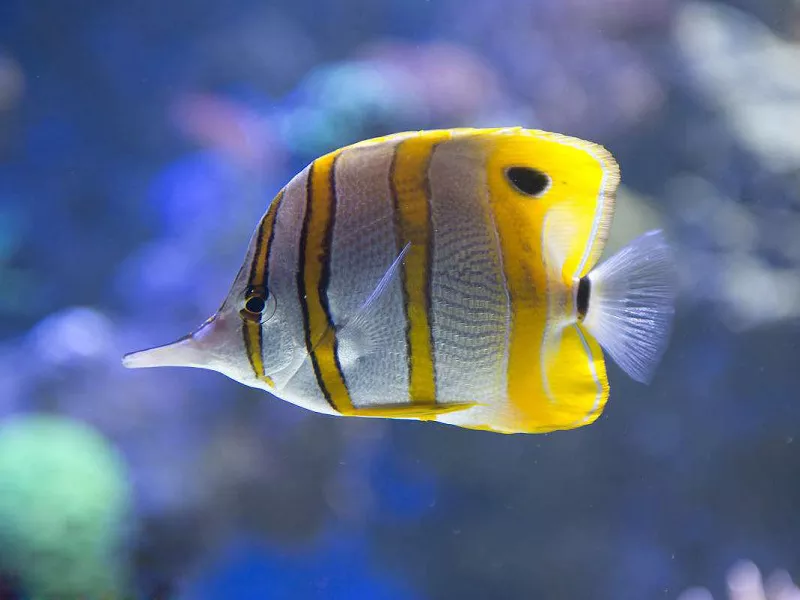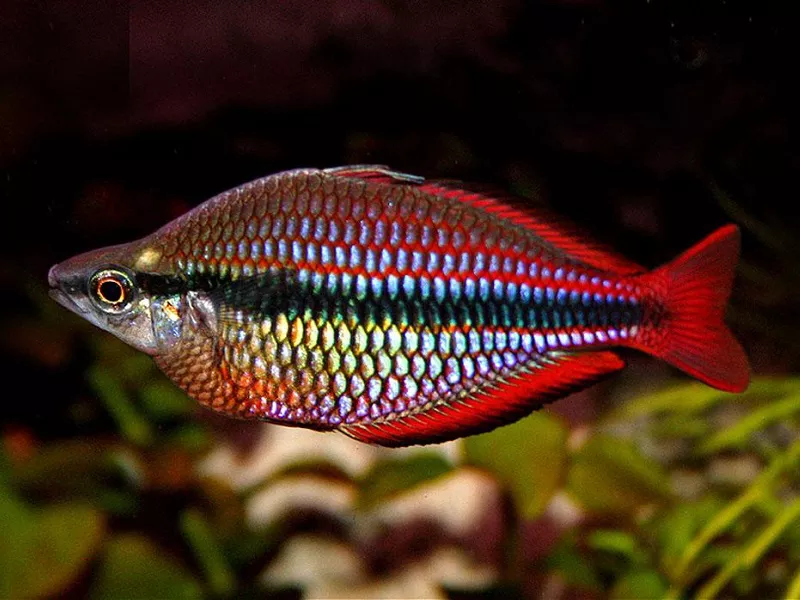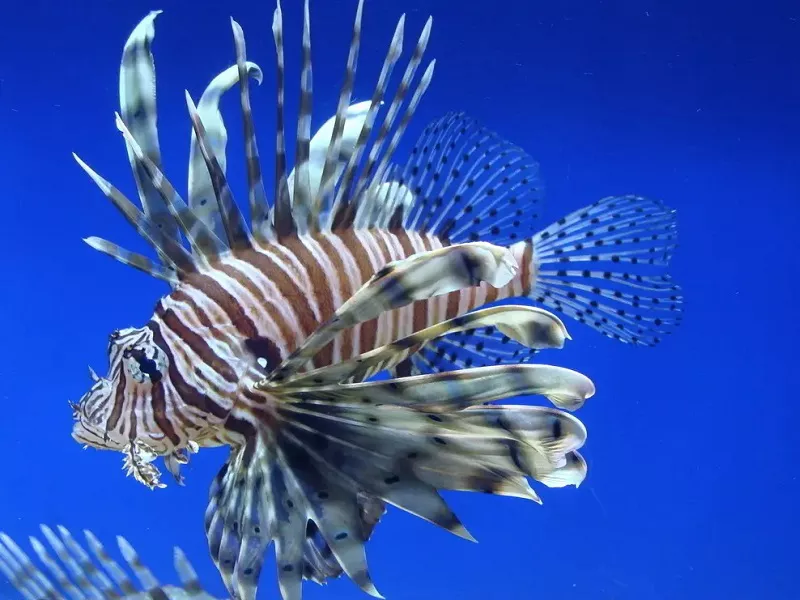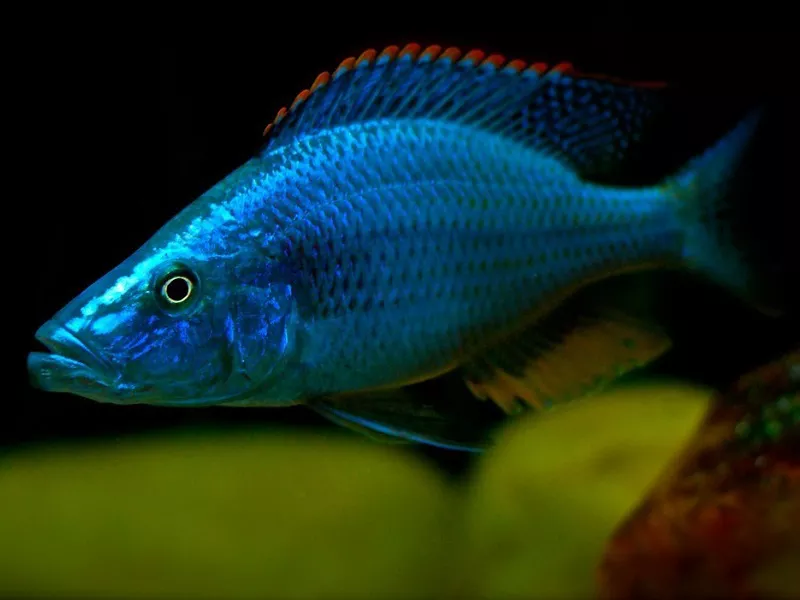What is a copperband butterflyfish?
The copperband butterflyfish (Chelmon rostratus), also known as the beaked coral fish, is found in reefs in both the Pacific and Indian Oceans. This butterflyfish is one of the three species that make up the genus Chelmon and all have long beaks.
What does copperband butterflyfish look like?
These fish are easily identified by the yellow banding and long snout. The young fish are similar in appearance to adult fish. Butterflyfish grow up to 20 cm in length.[2] The fish appears taller than its length because of its compressed, deep-bodied form with a long dorsal and posterior fins as well as its vertical yellow stripes on a white background. The snout is long and slender, and the dark eye of the fish is less conspicuous than the dark eye-spot on the dorsal fin. The base of the tail features a dark band that runs perpendicular to the tail. Butterflyfish may be distinguished from the similar C. marginalis by their color pattern and number of dorsal fin rays.
Copperband butterflyfish habitat
Copperband butterflyfish are found at depths of 1−25 metres either alone or in pairs. These fish form monogamous pairs during breeding. They are usually found on coral reefs or rocky shorelines, and also in estuaries and silty inner reefs. This species is territorial and oviparous.
What to feed copperband butterfly?
In nature, Copperband butterfly likes to eat annelids such as tubeworms, marine worms, and sandworms, as well as shellfish and small arthropods. It does not eat coelenterates such as corals, so it is safe to keep in reef aquariums, but if there are tubeworms or pentapods in the tank, then these animals are dangerous. Especially the tube worm, whether it is a stone tube worm or a tube worm, no matter the size, the three rockets are all accepted. A three-room rocket will wipe out the tubeworms in your tank within hours of acclimatization. Of course, we can’t feed them fresh tube worms every day in the aquarium, that would be too expensive. The best way is to let the three rockets adapt to frozen fresh bait, which is the highest level of its adaptability. Don’t expect them to eat artificial synthetic feed.
It is not easy to get copperband butterfly to eat brine shrimp, because the new rockets in the aquarium ignore the food floating in the water, and just like to peck between the rocks and sand gaps to find food. They are in wild conditions. The same is true below. In a fish tank, usually when the fish eat everything that can be eaten on the rocks and sand, most of them can only wait to starve to death, and only a few will try to eat floating food out of curiosity. Patiently waiting for the fish to eat the floating bait on their own has a very low success rate, and you have to find a way to feed them before thinking about what to feed them. There are two ways. One is to buy live clams at the seafood market (white clams and flower clams are fine, but clams and clams are very difficult to accept), break open the double shells and put them into the aquarium to let them peck at the shellfish. This method is very effective for most adults over 15cm, and in all likelihood, they can open their mouths, and then gradually sprinkle the frozen brine shrimp while feeding the shellfish. The three rockets will gradually adapt to the brine shrimp, and finally can be changed to dry brine shrimp. . Another method is to melt the frozen brine shrimp, tie a small amount to the stone with a thin thread, and put it into the water to be pecked by the rocket. This method can also be successful, but it is very laborious. No matter which method, the first condition is to keep the aquarium quiet, let the fish swim slowly to the food at their own pace, and carefully look at it before carefully taking the first bite. This first bite is the one that determines its future destiny, whether life or death is all in one bite.


























